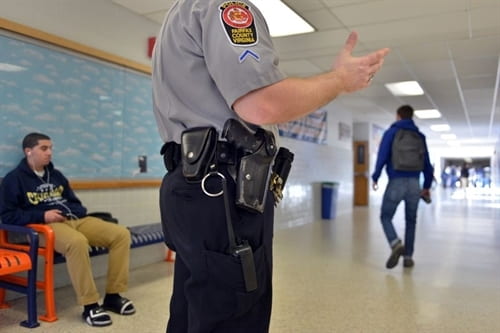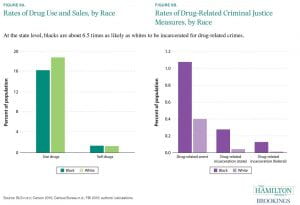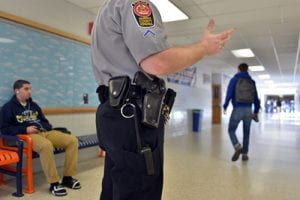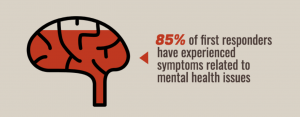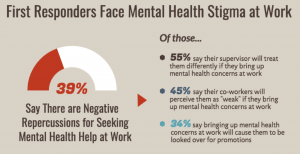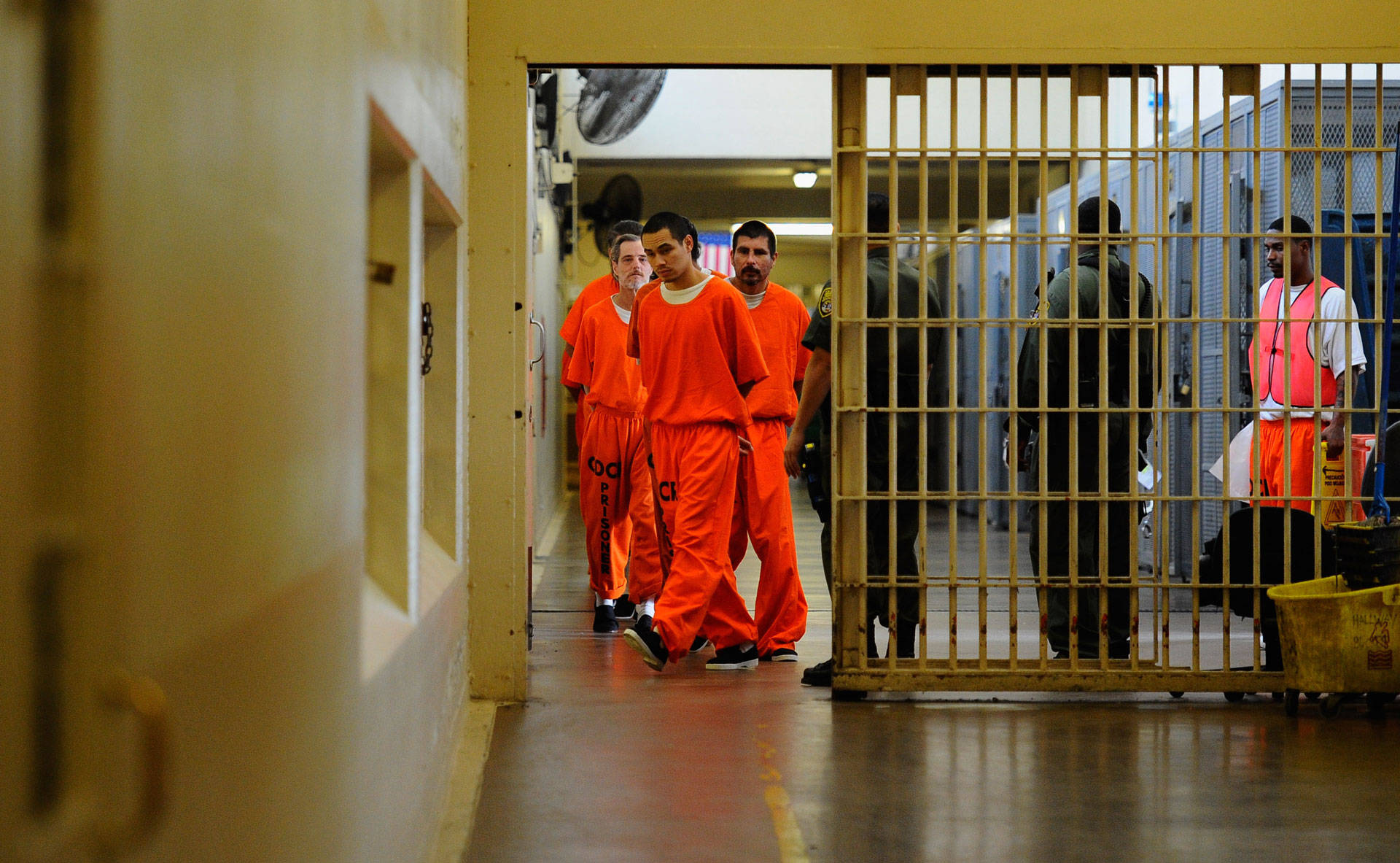
The justice system is working perfectly. It’s doing exactly what it was designed to do.
The withholding of information by prosecutors violating the Brady Rule, the failure to investigate other potential suspects, and a lawyer who failed to follow a potential alibi are some ways that the justice system convicted Adnan Syed of the murder of Hae Min Lee. Adnan spent 23 years in prison after a jury found him guilty of the murder of his ex-girlfriend. His sentence was recently vacated, and DNA evidence exonerated him. AFTER MORE THAN TWO DECADES! What went wrong? The jury believed that he was guilty, which means that the jury was convinced that he murdered her. So how come he is now walking free after 23 years?
First, let’s look at Maryland’s Attorney General Marilyn Mosby and what she had to say. In her press release, she stated that since the prosecutors failed to turn over evidence for two other suspects which could have changed the course of the trial, the Brady Rule was violated. So what is this Brady Rule that keeps coming up? This rule goes back to the case Brady v. Maryland in which the Supreme Court “requires that prosecutors fully disclose to the accused all exculpatory evidence in their possession”. There is also the fact that there was a DNA sample that wasn’t tested until very recently. The third and most important thing is that the prosecution’s evidence relied on two things, one being their ‘key witness’ Jay Wilds and the other being the cell phone data that backed up Jay’s confession of helping Adnan bury Hae’s body. While AT&T published a notice – during the trial – that incoming calls are not reliable information to pin a location, the prosecution still used this as evidence, stating that even if the witness lied, the data doesn’t. This is now considered controversial evidence as the data isn’t truly reliable. Other than the cell phone data and Jay’s testimony, the prosecutors had nothing. With all of that presented to Baltimore City Judge Melissa Phinn by State’s Attorney Marilyn Mosby and the Sentencing Review Unit, Judge Phinn granted the motion to vacate the conviction of Adnan Syed. The judge gave the state of Maryland the option of proceeding with a new trial within 30 days of such ruling (the 30 days has since passed and he is now presumed innocent due to the DNA testing that was FINALLY done).

All this happened due to the publicity from the hit podcast “Serial” and the help of other criminal justice reforms that happened in Baltimore. After 23 years, Adnan is free. But what about the cases that do not get public attention through a podcast or other publicity for that matter? How many others, just like Adnan, are convicted due to the violation of the Brady rule? Or for simply not investigating other potential suspects? A new study done by the National Registry of Exonerations states that of wrongful convictions in 2020, 54% were due to “misconduct by the government”, 34% due to misconduct by the police, and 30% due to misconduct by prosecutors. According to Georgia’s Innocence Project, 1 out of 20 criminal cases “results in a wrongful conviction”. This goes against the advice of one of America’s founding fathers, Benjamin Franklin: “it is better a hundred guilty persons should escape than one innocent person should suffer.”
Why are we neglecting this advice? Many lives are being stolen due to wrongful conviction of crimes that are small yet heavily punished or thrown into prison as a result of these shortcuts the Justice system takes. Often these injustice acts are directed towards black and brown individuals where America is the leading prison population due to the country’s way of approaching punishment which “often lacks a public safety rationale, disproportionately affects minorities, and inflicts overly harsh sentences”. America, unlike other countries, uses prison as a “one-size-fits-all solution to crime”, which means America prosecutes people who are not a public safety problem and often punish those people in a harsher and more damaging way than is truly justified. When did this start? Mass incarceration has been a huge problem in America since the civil war, however, we saw a huge rise in the prison population in the 1970s after Nixon’s “war on drugs” campaign which mostly targeted black individuals. This campaign used both fear and “racial rhetoric” in order to further this ‘movement.’ Under Nixon, we saw a rise in the prison population, however, under Reagan, it was an explosion. When Reagan took office “the total prison population was 329,000” and when he left the population was at 627,000 which is double the starting number. To put it more in perspective, according to the Brennan Center in 2003, for every 100,000 residents, 710 would be incarcerated, and according to the Vera report in 2015, 55% of incarcerated people are either black or brown. This all goes back to the loophole in the 13th Amendment “which abolished slavery and indentured servitude except as a punishment for a crime”, which took effect after the civil war and till now. So there is a a root problem, which is why the justice system is not broken in any way. It was created to harshly convict black and brown individuals. Evidence of such is the data collected in 2010 Prison Policy Initiative study which stated that for every 100,000 residents, 2,306 black individuals are incarcerated versus the 450 white individuals incarcerated.
Now that we established the existence of such issue, what can we so about it? Discussions are taking place and changes too; after the death of George Floyd, many people voiced out their concerns, this pushed “the Center for American Progress, the John Jay College of Criminal Justice, and the Draper Richards Kaplan Foundation” to “virtually [gather] 1,000 advocates, researchers, artists, and practitioners for the Innovations Conference, a multiday exploration of what it means to reimagine public safety and shrink the footprint of the justice system.” There is a problem within the roots of the justice system, hence the need to “work to root out the systemic racism ingrained in the criminal justice system” that has affected people of color. This can be established, by starting with ending unnecessarily harsh punishments; for example, “Black Americans are nearly four times more likely to be arrested for marijuana possession and six times more likely to be incarcerated for drug charges than their white counterparts”. Another approach can be taken, by rooting out any racial inequality within the justice system; for example, California passed multiple bills “that will address discriminatory practices within jury selection, prohibit prosecutors from seeking convictions or sentences on the basis of defendants’ race or ethnicity, and lay the groundwork for reparations for the Black community”, and by removing the barriers that affect individuals with a criminal record as it disqualifies these people from “voting, obtaining business or occupational licenses, accessing employment and housing, receiving public assistance, and participating in other key elements of civic life”. Another way of helping is by investing in programs such as “child care and education, access to affordable housing, and other supportive services” since they are proven to create strong and safe neighborhoods. As individuals, we can help by voting, spreading awareness, and simply by putting these issues on the table for discussion. Barriers are destroyed through discussion.

